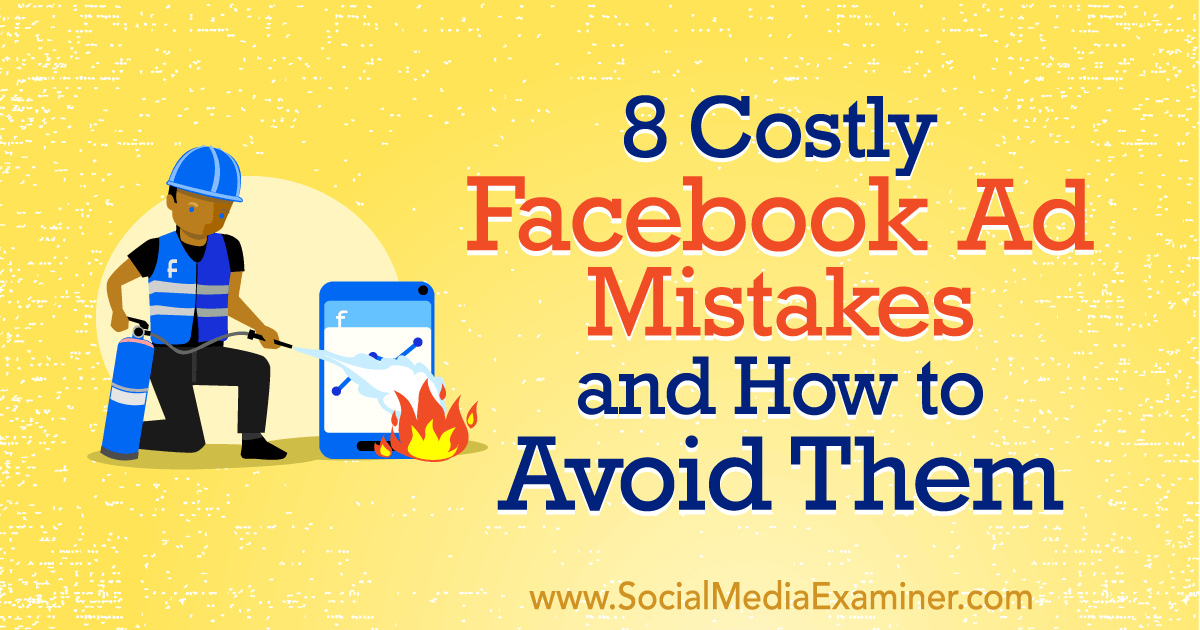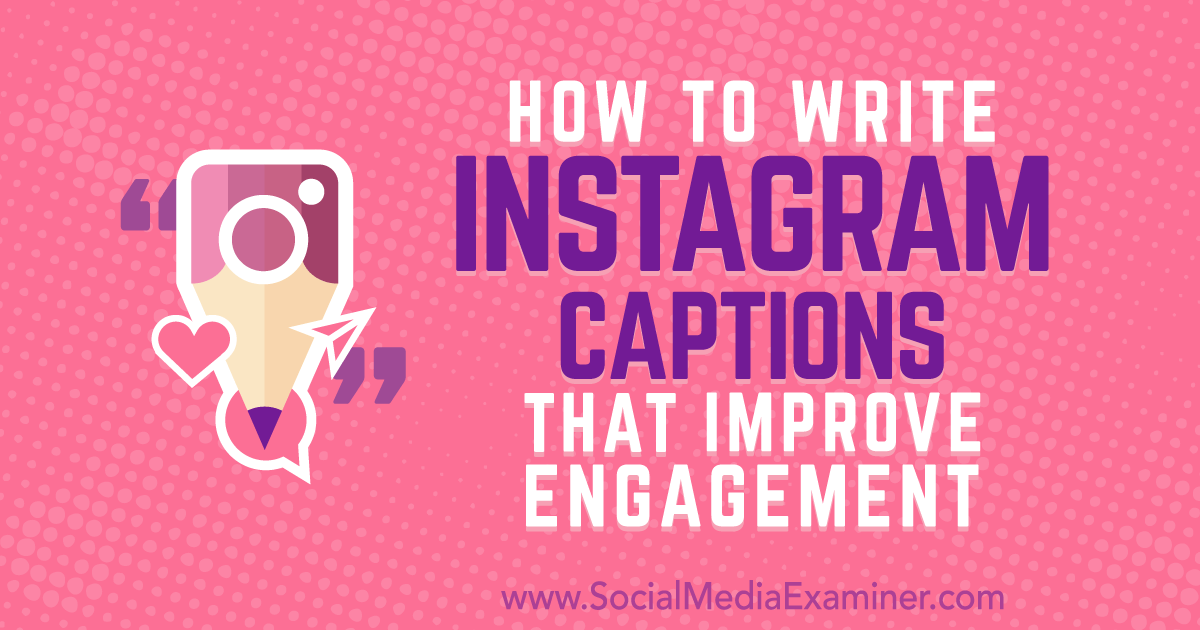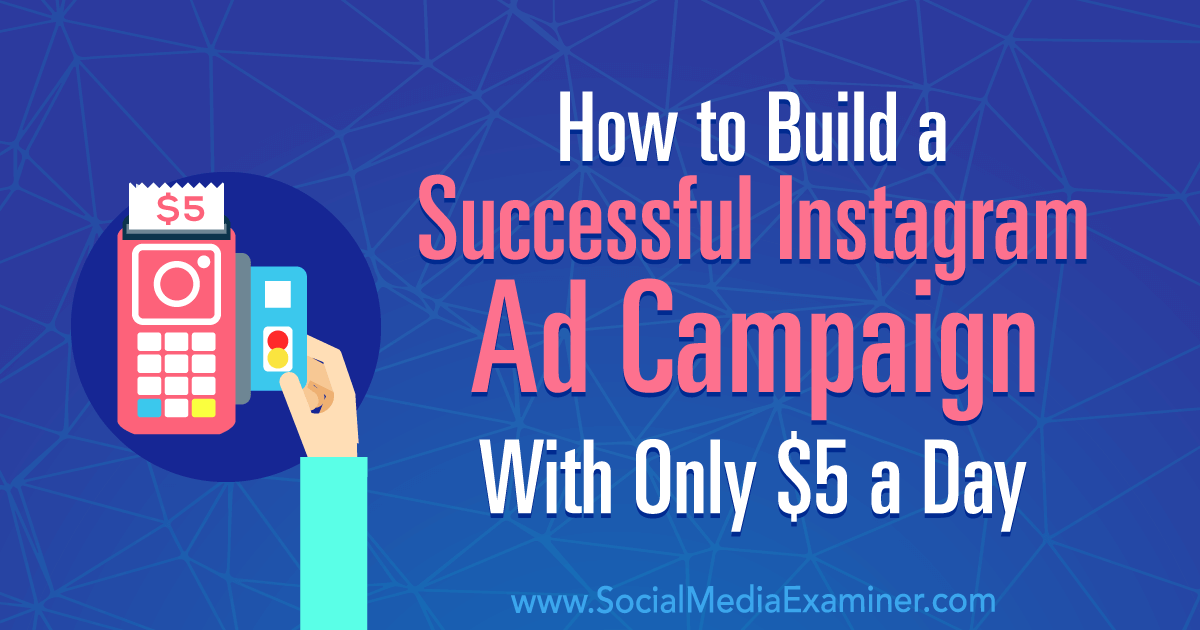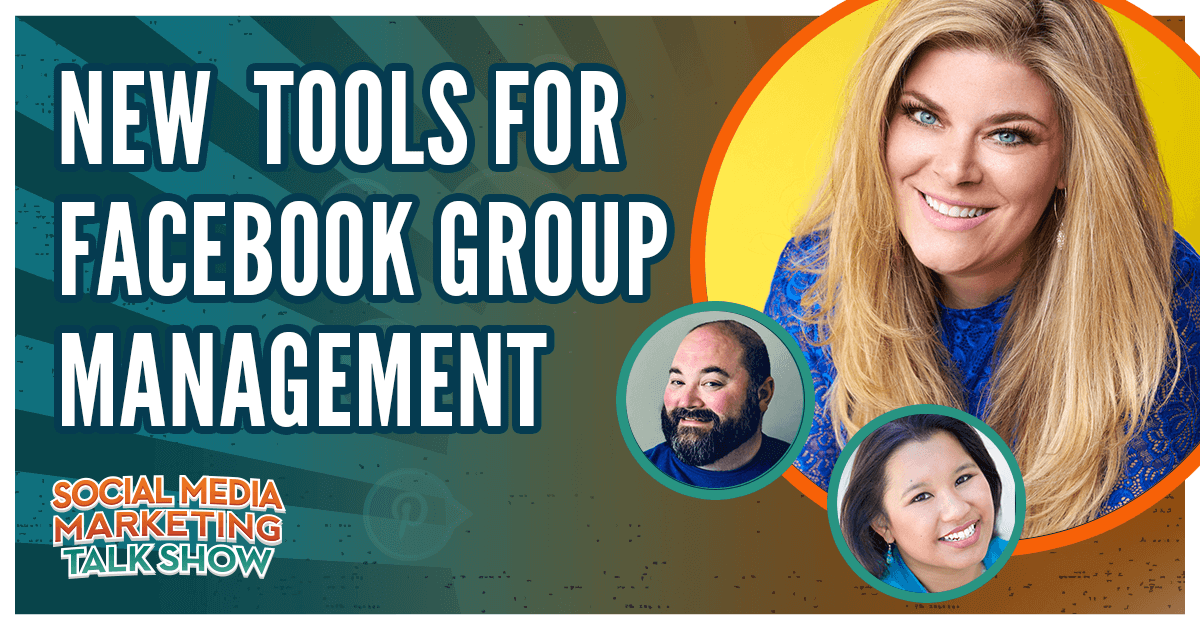Posted by MiriamEllis
Retail clients are battling tough economics offline and tough competitors online. They need every bit of help your agency can give them.
I was heartened when 75 percent of the 1,400+ respondents to the Moz State of Local SEO Industry Report 2019 shared that they contribute to offline strategy recommendations either frequently or at least some of the time. I can’t think of a market where good and relatively inexpensive experiments are more needed than in embattled retail. The ripple effect of a single new idea, offered up generously, can spread out to encompass new revenue streams for the client and new levels of retention for your agency.
And that’s why win-win seemed written all over three statistics from a 2018 Yes Marketing retail survey when I read it because they speak to motivating about one quarter to half of 1,000 polled customers without going to any extreme expense. Take a look:
I highly recommend downloading Yes Marketing’s complete survey which is chock-full of great data, but today, let’s look at just three valuable stats from it to come up with an actionable strategy you can gift your offline retail clients at your next meeting.
Getting it right: A little market near meFor the past 16 years, I’ve been observing the local business scene with a combination of professional scrutiny and personal regard. I’m inspired by businesses that open and thrive and am saddened by those that open and close.
Right now, I’m especially intrigued by a very small, independently-owned grocery store which set up shop last year in what I’ll lovingly describe as a rural, half-a-horse town not far from me. This locale has a single main street with less than 20 businesses on it, but I’m predicting the shop’s ultimate success based on several factors. A strong one is that the community is flanked by several much larger towns with lots of through traffic and the market is several miles from any competitor. But other factors which match point-for-point with the data in the Yes Marketing survey make me feel especially confident that this small business is going to “get it right”.
Encourage your retail clients to explore the following tips.
1) The store is visually appealing43–58 percent of Yes Marketing’s surveyed retail customers say they’d be motivated to shop with a retailer who has cool product displays, murals, etc. Retail shoppers of all ages are seeking appealing experiences.
At the market near me, there are many things going on in its favor. The building is historic on the outside and full of natural light on this inside, and the staff sets up creative displays, such as all of the ingredients you need to make a hearty winter soup gathered up on a vintage table. The Instagram crowd can have selfie fun here, and more mature customers will appreciate the aesthetic simplicity of this uncluttered, human-scale shopping experience.
For your retail clients, it won’t break the bank to become more visually appealing. Design cues are everywhere!
Share these suggestions with a worthy client:
Basic cleanliness is the starting pointThis is an old survey, but I think we’re safe to say that at least 45 percent of retail customers are still put off by dirty premises — especially restrooms. Janitorial duties are already built into the budget of most businesses and only need to be accomplished properly. I continuously notice how many reviewers proclaim the word “clean” when a business deserves it.
Inspiration is affordableWhatever employees are already being paid is the cost of engaging them to lend their creativity to creating merchandise displays that draw attention and/or solve problems. My hearty winter soup example is one idea (complete with boxed broth, pasta, veggies, bowls, and cookware).
For your retail client? It might be everything a consumer needs to recover from a cold (medicine, citrus fruit, electric blanket, herbal tea, tissue, a paperback, a sympathetic stuffed animal, etc.). Or everything one needs to winterize a car, take a trip to a beach, build a beautiful window box, or pamper a pet. Retailers can inexpensively encourage the hidden artistic talents in staff.
Feeling stuck? The Internet is full of free retail display tips, design magazines cost a few bucks, and your clients’ cable bills already cover a subscription to channels like HGTV and the DIY network that trade on style. A client who knows that interior designers are all using grey-and-white palettes and that one TV ad after another features women wearing denim blue with aspen yellow right now is well on their way to catching customers’ eyes.
Aspiring artists live near your client and need workThe national average cost to have a large wall mural professionally painted is about $8,000, with much less expensive options available. Some retailers even hold contests surrounding logo design, and an artist near your client may work quite inexpensively if they are trying to build up their portfolio. I can’t predict how long the Instagram mural trend will last, but wall art has been a crowd-pleaser since Paleolithic times. Any shopper who stops to snap a photo of themselves has been brought in close proximity to your front door.
I pulled this word cloud out of the reviews of the little grocery store:
While your clients’ industries and aesthetics will vary, tell them they can aim for a similar, positive response from at least 49 percent of their customers with a little more care put into the shopping environment.
2) The store offers additional services beyond the sale of products19–40 percent of survey respondents are influenced by value-adds. Doubtless, you’ve seen the TV commercials in which banks double as coffee houses to appeal to the young, and small hardware chains emphasize staff expertise over loneliness in a warehouse. That’s what this is all about, and it can be done at a smaller scale, without overly-strapping your retail clients.
At the market near me, reviews like this are coming in:
The market has worked out a very economic arrangement with a massage therapist, who can build up their clientele out of the deal, so it’s a win for everybody.
For your retail clients, sharing these examples could inspire appealing added services:
- A small pet food chain is offering health consults in addition to selling merchandise.
- Even small clothing boutiques can provide personal styling sessions.
- I know of a particular auto parts store where salespeople show you how to change windshield wipers and headlight bulbs for free and it brings our household back almost every time..
- It’s common for shops like toy stores to have kids’ birthday clubs, but sophisticated businesses offer loyalty programs, too
- I wrote about offering shipping last year as an additional service with self-evident value in this age of convenience.
The cost of these efforts is either the salary of an employee, nominal or free.
3) The store hosts local events20–36 percent of customers feel the appeal of retailers becoming destinations for things to learn and do. Coincidentally, this corresponds with two of the tasks Google dubbed micro-moments a couple of years back, and while not everyone loves that terminology, we can at least agree that large numbers of people use the Internet to discover local resources.
At the market near me, they’re doing open-mic readings, and this is a trend in many cities to which Google Calendar attests:
For your clients, the last two words of that event description are key. When there’s a local wish to build community, retail businesses can lend the space and the stage. This can look like:
- Any type of class, like these ones that teach how to operate an appliance or machinery, how to re-skill at something like wilderness survival, or how to cook/make things.
- Any type of event, like the open mic night I’ve cited, above, or celebrations, or appearances by well-known locals such as authors, or ongoing club meetups.
- Any type of special appeal, like this recycling deal gifting participants $20 off new jeans if they donate their old ones, or housing a drop-off point for light bulbs, batteries or charitable giving, or hosting the kick-off of a neighborhood cleanup with some added benefit to participants like a breakfast or discount.
Again, costs here can be quite modest and you’ll be bringing the community together under the banner of your business.
Putting it in writingThe last item on the budget for any of these ventures is whatever it costs to publicize it. For sure, your client will want:
- A homepage announcement and/or one or more blog posts
- Google Posts, Q&A, photos and related features
- Social mentions
- If the concept is large enough (or the community is small) some outreach to local news in hopes of a write-up and inclusion of local/social calendars
- Link building would be great if the client can afford a reasonable investment in your services, where necessary
- And, of course, be sure your client’s local business listings are accurate so that newcomers aren’t getting lost on their way to finding the cool new offering
Getting the word out about events, features, and other desirable attributes don’t have to be exorbitant, but it will put the finishing touch on ensuring a community knows the business is ready to offer the desired experience.
Seeing opportunitySometimes, you’ll find yourself in a client meeting and things will be a bit flat. Maybe the client has been disengaged from your contract lately, or sales have been leveling out for lack of new ideas. That’s the perfect time to put something fresh on the table, demonstrating that you’re thinking about the client’s whole picture beyond CTR and citations.
One thing that I find to be an inspiring practice for agencies is to do an audit of competitors’ reviews looking for “holes” In many communities, shopping is really dull and reviews reflect that, with few shoppers feeling genuinely excited by a particular vertical’s local offerings. Your client could be the one to change that, with a little extra attention from you.
Every possibility won’t be the perfect match for every business, but if you can help the company see a new opportunity, the few minutes spent brainstorming could benefit you both.
Sign up for The Moz Top 10, a semimonthly mailer updating you on the top ten hottest pieces of SEO news, tips, and rad links uncovered by the Moz team. Think of it as your exclusive digest of stuff you don't have time to hunt down but want to read!
https://ift.tt/2VveYzn








